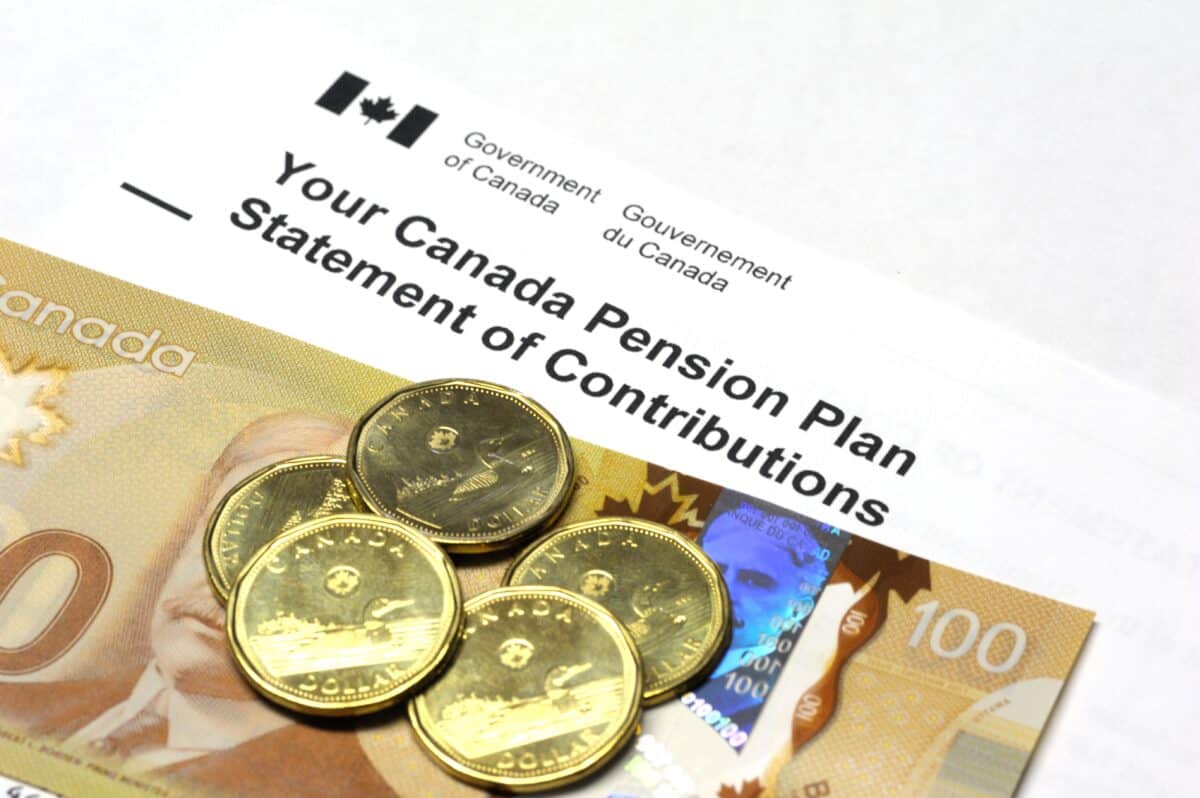Bussiness
Retirees: What Is the CPP Enhancement and How Does it Work?

In 2019, Canada announced the CPP (Canada Pension Plan) enhancement to increase retirement income for residents and households. Until 2019, the CPP replaced roughly 25% of your average work earnings, while the enhancement now aims to increase this figure to 33.3% of the average work earnings received after 2019. Moreover, the maximum limit of earnings protected by the CPP will also increase by 14% between 2024 and 2025.
How does the CPP enhancement work?
The pension you receive in retirement is based on how much and for how long you contribute to the enhanced CPP. The CPP enhancement should increase the retirement pension by over 50% for individuals making enhanced contributions for 40 years.
The enhancement plan adds two additional components to the CPP, which consists of the following:
- The base or original CPP;
- The first additional component, which was phased between 2019 and 2023; and
- The second addition component, which will be phased between 2024 and 2025.
The first additional component raised the contribution rate for employees by one percentage point in a phased manner. Here, the CPP contribution rate increased from 4.95% in 2019 to 5.95% in 2023 on earnings between $3,500 and the maximum pensionable earnings.
What is the CPP2, and how is it calculated?
According to the Canada.ca website, the second additional CPP contribution (CPP2) started in January 2024. These additional contributions are for those who earn higher wages and are made in addition to the base CPP.
Here, workers earning annual wages over a certain amount called the first ceiling, will make CPP2 contributions, which are limited to the second earnings ceiling. The first earnings ceiling is the eligible income on which CPP contributions are made. Also known as maximum pensionable earnings, the first earnings ceiling in 2024 is $68,500.
The additional maximum pensionable earnings or the second earnings ceiling was introduced in 2024:
- 7% higher than the first ceiling earnings in 2024; and
- 14% higher than the first earnings ceiling in 2025 and the following years.
So, in 2024, the second earnings ceiling is $73,200.
CPP2 contributions are made by those who earn above the first earnings ceiling. Here:
- Employees contribute 4% of the amount earned between the first and second earnings ceiling;
- For self-employed individuals, this figure is increased to 8%.
Supplement your CPP with dividend stocks
Even if the CPP payout in retirement rises by 50%, investors should aim to create multiple income streams to live comfortably in retirement. One low-cost way to supplement the CPP is by holding quality dividend stocks such as Tourmaline Oil (TSX:TOU).
Valued at $21.8 billion by market cap, Tourmaline Oil pays shareholders an annual dividend of $1.28 per share, indicating a forward yield of 2.1%. However, if we adjust for its special dividends, its yield rises to more than 6%.
Tourmaline Oil is one of Canada’s largest crude oil and natural gas companies. It is focused on long-term growth through an aggressive exploration, development, production, and acquisition program in the Western Canadian Sedimentary Basin.
In the last 16 years, Tourmaline Oil has expanded through strategic acquisitions and an active capital exploration and development program. Since July 2019, Tourmaline Oil stock has returned over 400% to shareholders after accounting for dividend reinvestments, easily outpacing the broader markets.
Investors should identify other quality high-dividend stocks and diversify their equity portfolio further.


)






